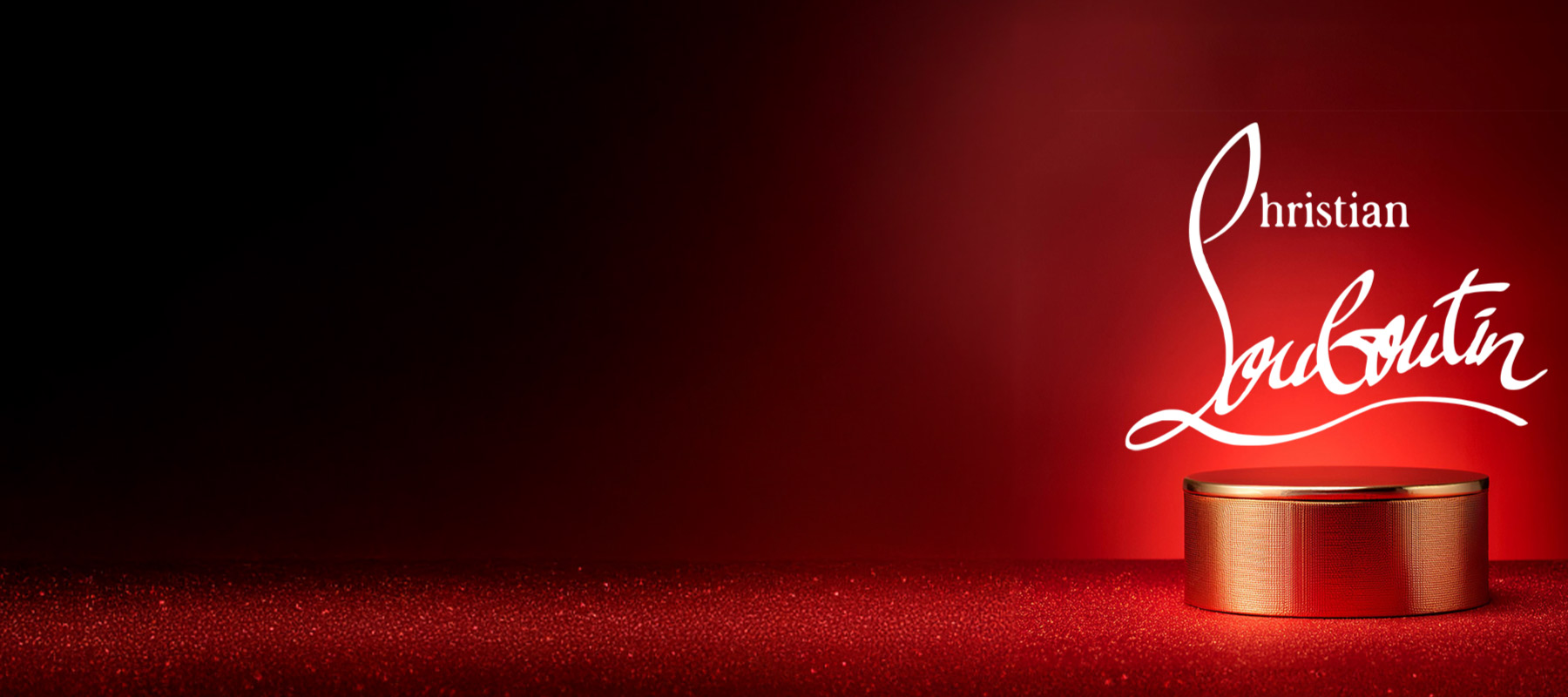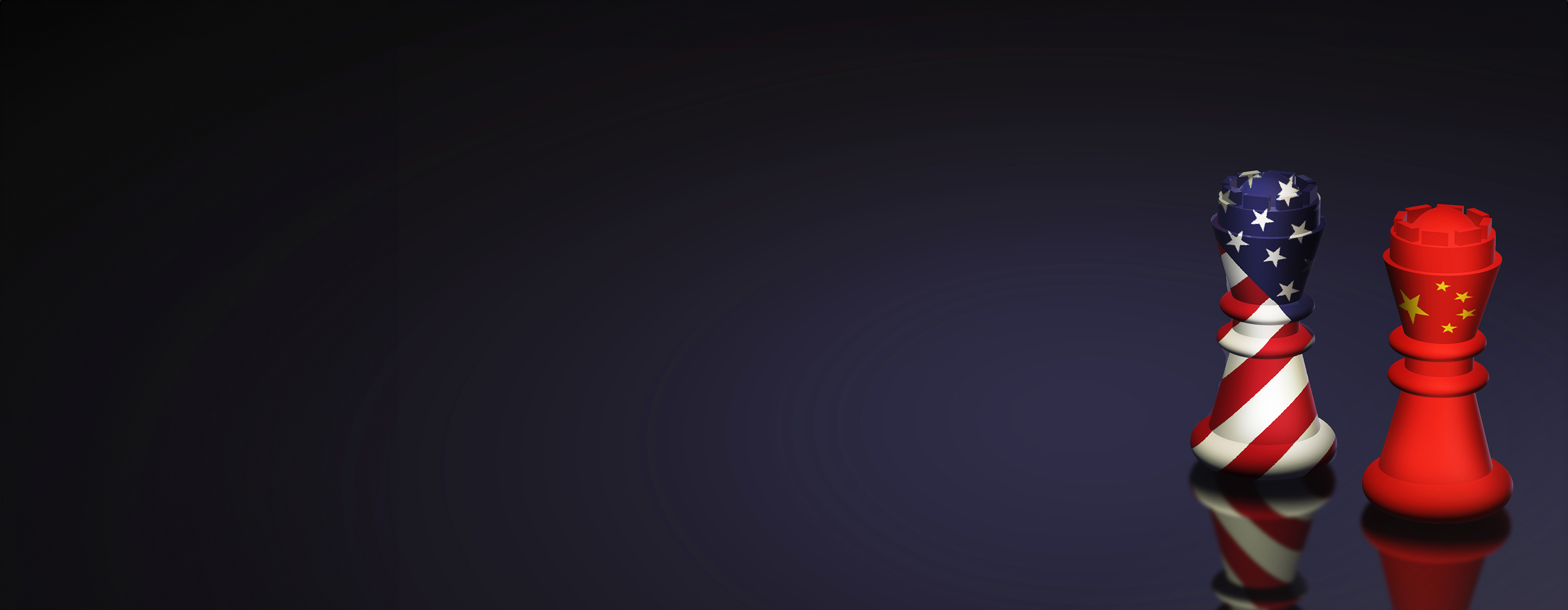
Apple Watch: the ‘toy’ that could destroy an industry
“Swiss watchmakers are f**ked,” said Apple’s design chief, Jony Ive, around the time of the launch of the Apple Watch in September 2014.
Almost a year later, Nick Hayek, CEO of leading Swiss watchmaker the Swatch Group, countered this with a similar, more elegant display of confidence. “People do not buy watches because of their functionality (as the Americans believe), but because of the emotions they transport/carry. We are not ignoring the smart technology, but we do not run after every mega-trend like herd animals. The Apple Watch is an interesting toy but not a revolution,” he said.
Despite what Hayek said, there’s no doubt that the Apple Watch and the new wave of smartwatches has transformed the wrist devices market. This market can now be divided into three categories: timekeeping watches, activity trackers, and smartwatches. The role of timekeeping watches has not changed since their invention and Swiss watchmakers cater to the luxury end of this market, with the emphasis on the craftsmanship and quality (95% of the Swatch Group’s profits are generated in the luxury segment).
Activity trackers were the first non-traditional wrist wearables to appear, targeting a specific, sports-orientated user group. Smartwatches are trying to appeal to a more mainstream base of users and cover all aspects of watches and activity trackers. At this stage in their development, however, smartwatches must be paired with a smartphone, are unattractive to third-party app developers because of their small screen size, and – crucially for consumers – are expensive.
Despite this, it is expected that the smartwatch and activity tracker categories will merge due to technological advances. And early indications are that this smartwatch/activity tracker segment is not necessarily in competition with traditional watches. Albatross, a market research company, recently conducted a survey of 3,000 people worldwide who were in the market for both the Apple Watch and luxury watches. It found only 27% of luxury watch consumers preferred the Apple Watch to a luxury watch, and only 15% considered the Apple Watch as a potential substitute for a luxury watch. When consumers who prefer luxury watches were asked why, they indicated timelessness and craftsmanship as the top two reasons, whereas those who preferred the Apple Watch were entirely fixated on the technology. Therefore, it appears most consumers recognize the difference between the two watch types and don’t view them as competitors.
That’s certainly the view of Swatch’s Hayek. At a press conference in March 2015, he said that the Apple Watch was a fantastic opportunity for Swatch as it opened the market, especially in the US, where many people did not wear watches anymore. “Now somebody comes and wants to change that. Let Apple do the work. This is good.”
Swatch appears to be acting on Hayek’s view, taking advantage of Apple’s foray into a new market. In July 2015, it launched the SMART Touch Zero One sports smartwatch. In October 2015 it unveiled the colorful Swatch Bellamy, incorporating near-field communication technology that allows users to ‘pay by the wrist’. Then in March 2016 it announced the TISSOT Smart-Touch, referred to in the media as “Swatch’s first proper smartwatch”.
But is this shift into a new market having any impact on Swatch’s bottom line? In 2015, it appeared that Swatch had not taken much of a hit. Sales were 3% down on the previous year, but the group attributed that largely to the “ongoing unfavorable currency situation versus the still massively overvalued Swiss franc”. The 2016 Annual Report, however, shows a decrease in sales of 10.8% compared with 2015. The company blames variously “worldwide turbulence”, “a very challenging economic environment”, the terrorist attacks in France, Belgium, Germany and Turkey, “new legal regulations in various countries” and Brexit. It also briefly mentions a “decline in consumption”.
Swatch makes no mention of competition from the smartwatch market, but it has been making efforts to muscle in on Apple’s turf. Hayek now urgently needs to answer the question of what will happen if the Apple Watch starts to compete in the luxury segment, where the Swatch Group leads. Since the launch of the Apple Watch, the awareness of many watchmakers (also in the luxury segment) towards smartwatches has changed, and a number of industry experts even predict that some brands might not survive the coming years. Should Hayek be worried?
IMD EMBA 2016 graduates Chantal Stäuble, Lars Bloechlinger and Kristian Uwe Ćurković prepared this case under the supervision of IMD Professor Stefan Michel, director of the IMD Executive MBA program.
Research Information & Knowledge Hub for additional information on IMD publications

Culture eats strategy for breakfast is one of the most enduring truisms of management. But is it really the case? And what is culture anyway? Culture eats strategy for breakfast is one of the most enduring truisms of management. But is it really t...
Improvements in technology have made deepfakes — fraudulent audio, video, and images — easier than ever to create. As a result, 2024 has seen a nearly 60% surge in phishing attacks. These attacks hijack our perceptions and our ability to distingui...
f uncontrolled artificial general intelligence—or “God-like” AI—is looming on the horizon, we are now about halfway there. Every day, the clock ticks closer to a potential doomsday scenario. That’s why I introduced the AI Safety Clock last month. ...

The ways popular frameworks are used fall short in today’s rapidly changing environment. Here is a new way to make better-informed strategic choices.
Bossard, a Swiss company founded in 1731, has successfully transitioned from a product-centric approach to one that offers services and solutions. It has achieved significant revenue growth despite economic challenges. Its brand promise, “proven p...
99designs.com is a global platform connecting freelance designers with potential clients. The case study examines the potential impact of generative AI on 99designs’ business model. The platform uses a crowdsourcing approach that invites designers...

Test your knowledge on ESG governance with our fun quiz! Learn how strong governance drives environmental and social success in investing. Take it now!

Alexis Mourot, CEO of la Maison Christian Louboutin since 2007, tells Stéphane Girod and Vanessa Signorini how the Parisian shoe specialist became an iconic global brand.

Companies desperately in need of a turnaround in fortunes should take inspiration from the 2008 rescue mission by the then-new Ford boss Alan Mulally.

Panelists debate the next US administration’s policy on China
Research Information & Knowledge Hub for additional information on IMD publications
Research Information & Knowledge Hub for additional information on IMD publications
Research Information & Knowledge Hub for additional information on IMD publications
Research Information & Knowledge Hub for additional information on IMD publications
Research Information & Knowledge Hub for additional information on IMD publications
Research Information & Knowledge Hub for additional information on IMD publications
in I by IMD
Research Information & Knowledge Hub for additional information on IMD publications
Research Information & Knowledge Hub for additional information on IMD publications
Research Information & Knowledge Hub for additional information on IMD publications
in I by IMD
Research Information & Knowledge Hub for additional information on IMD publications

